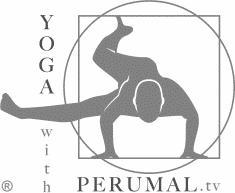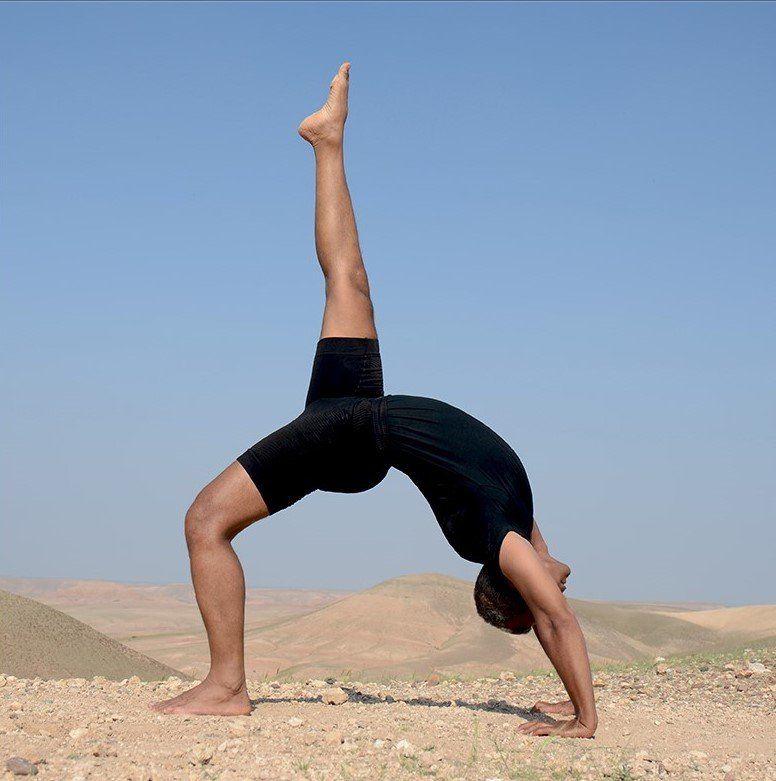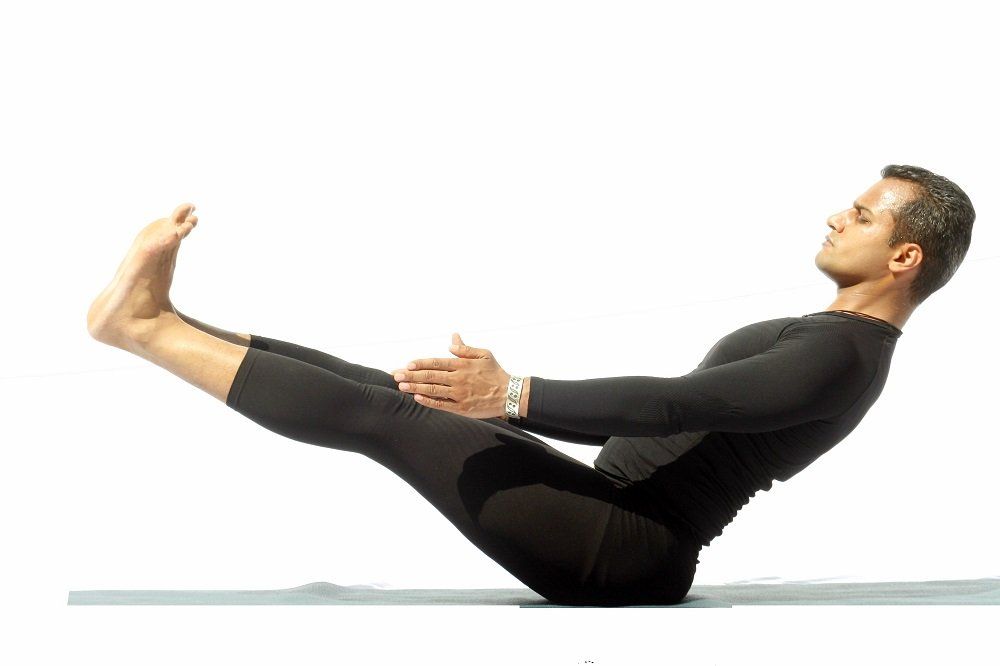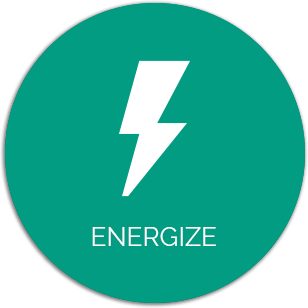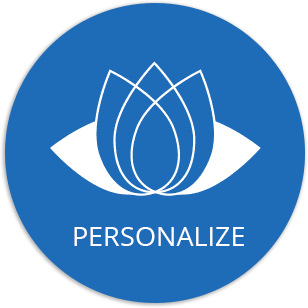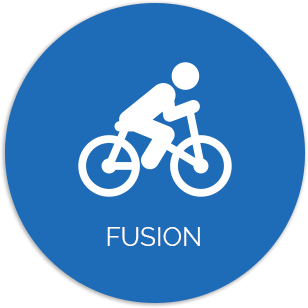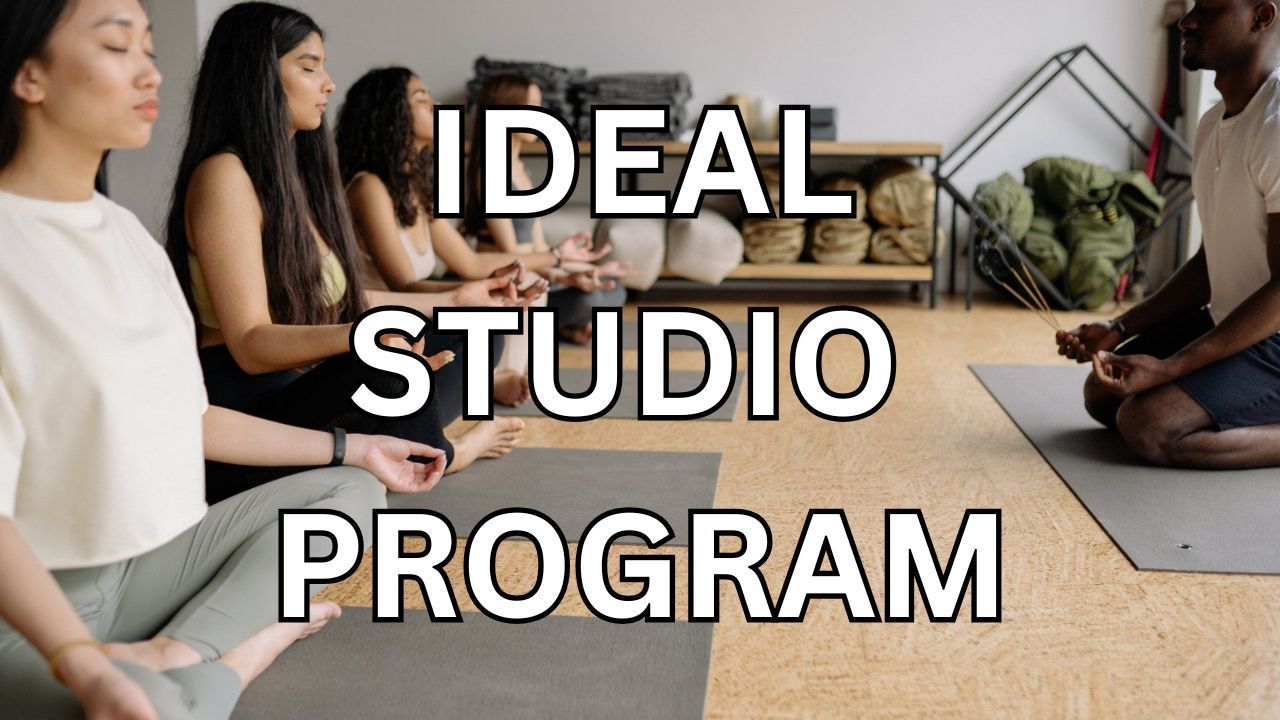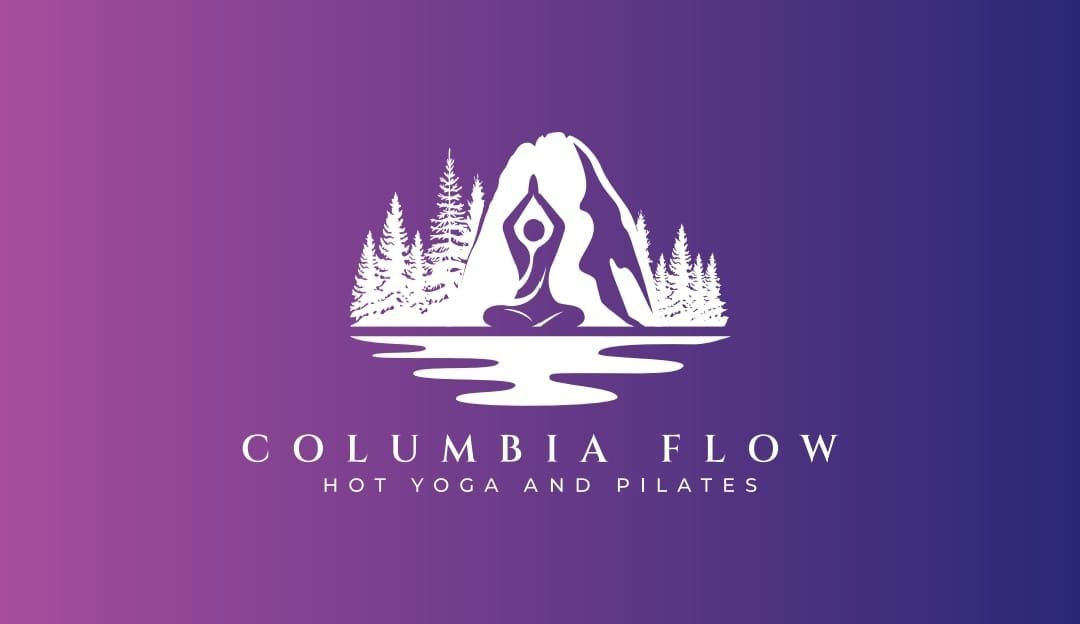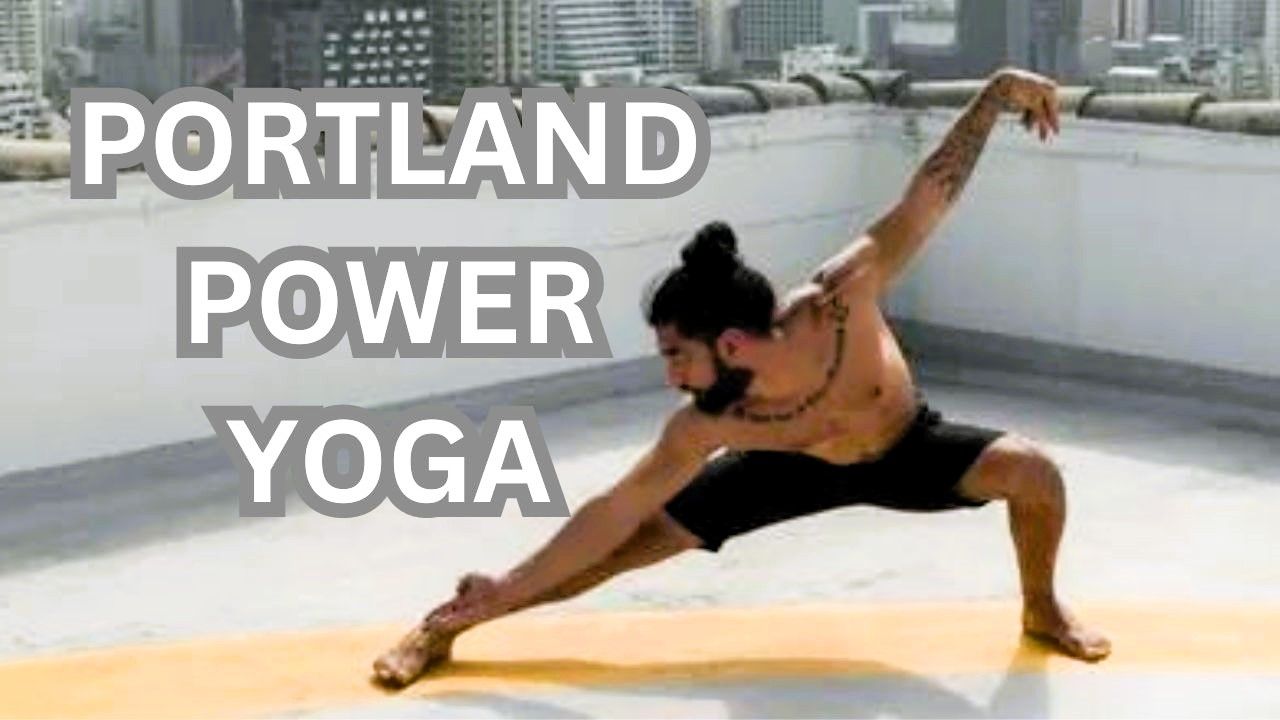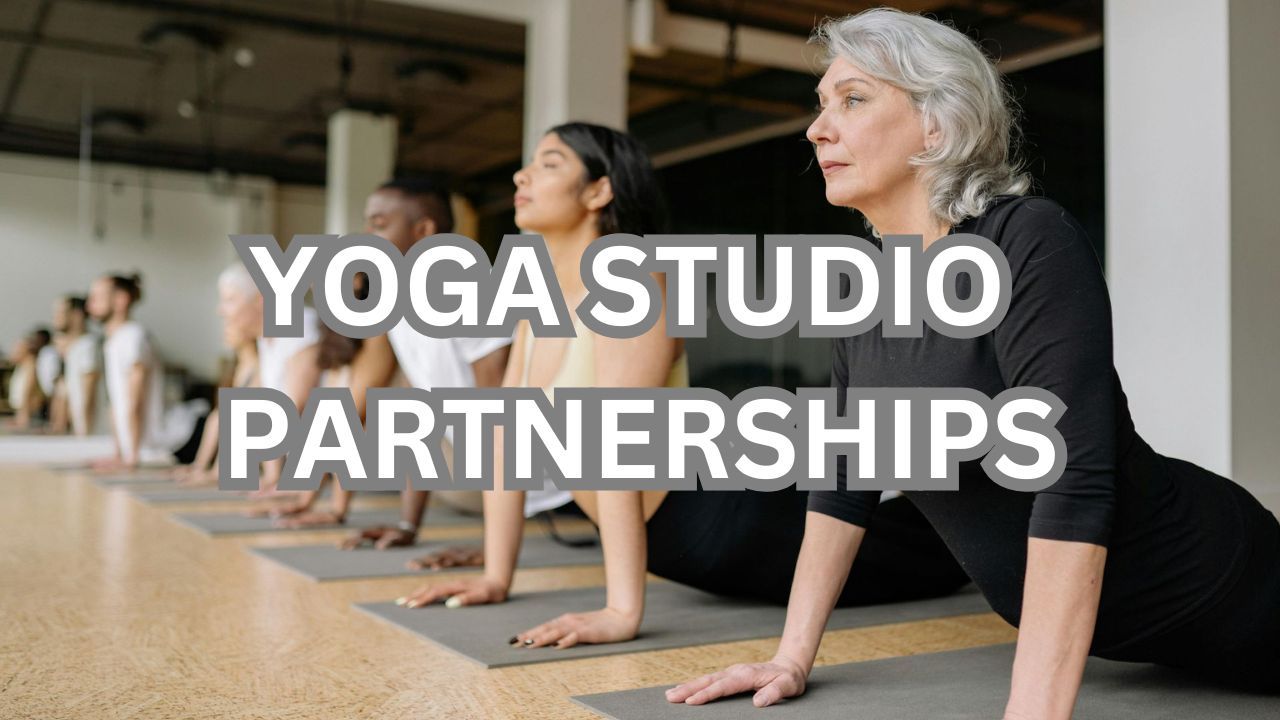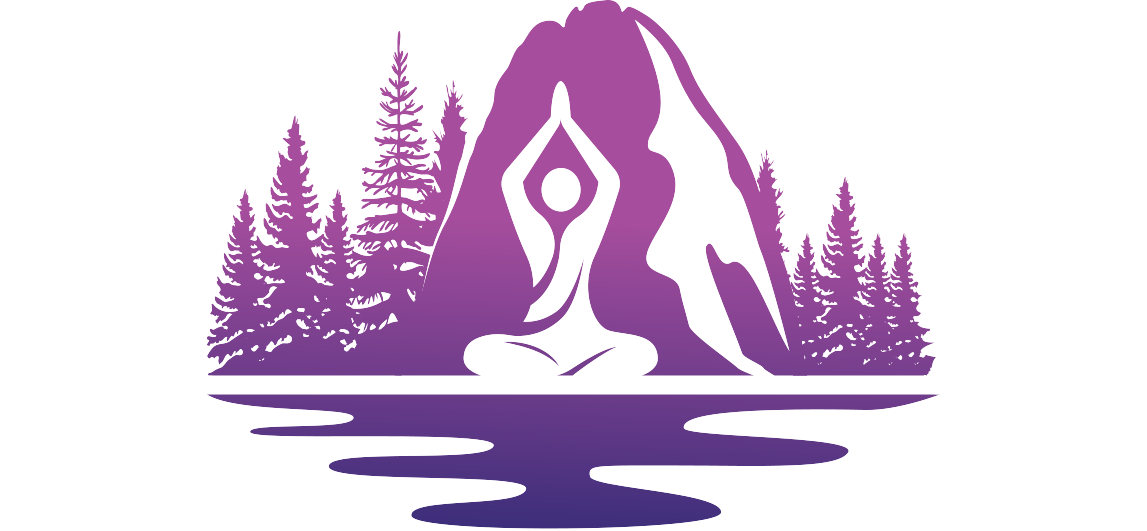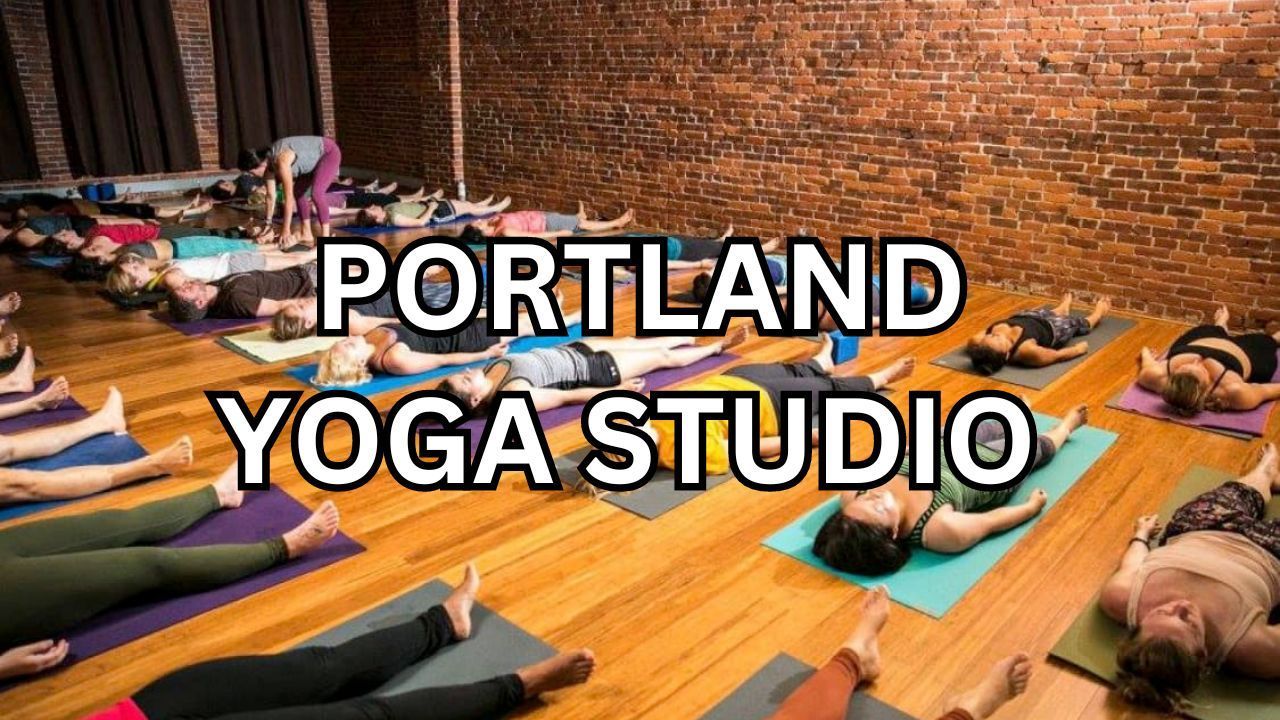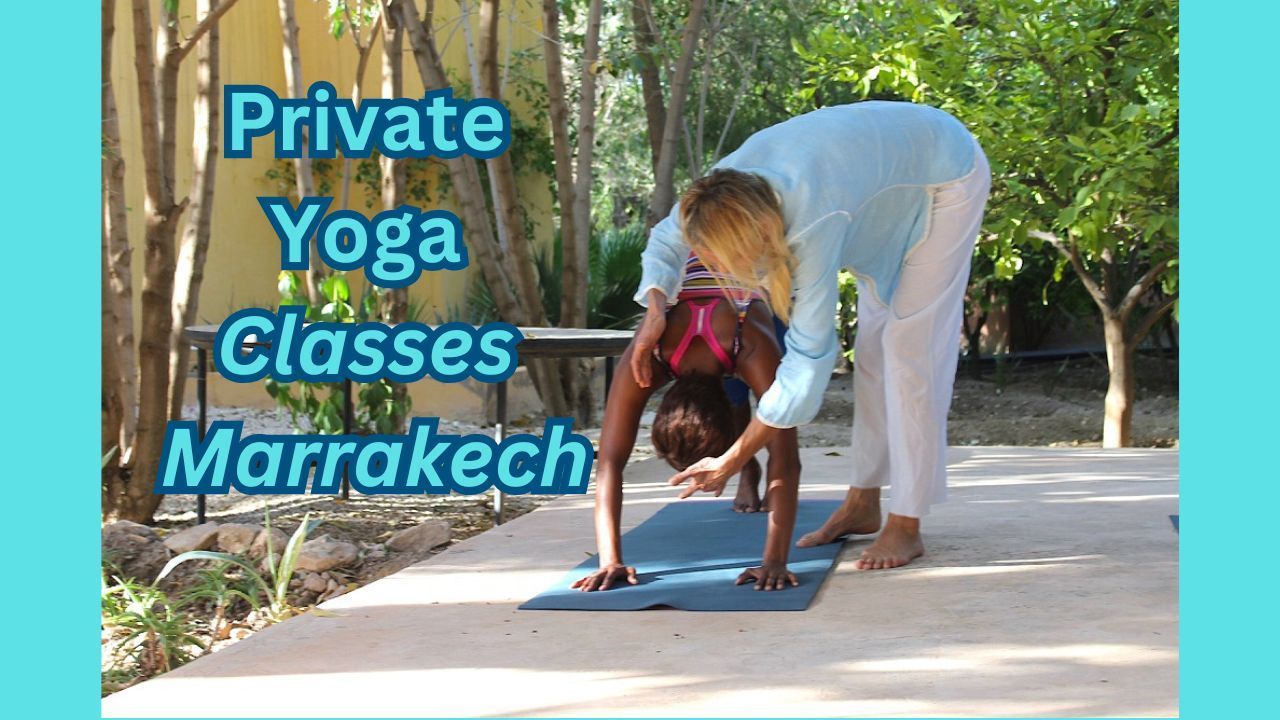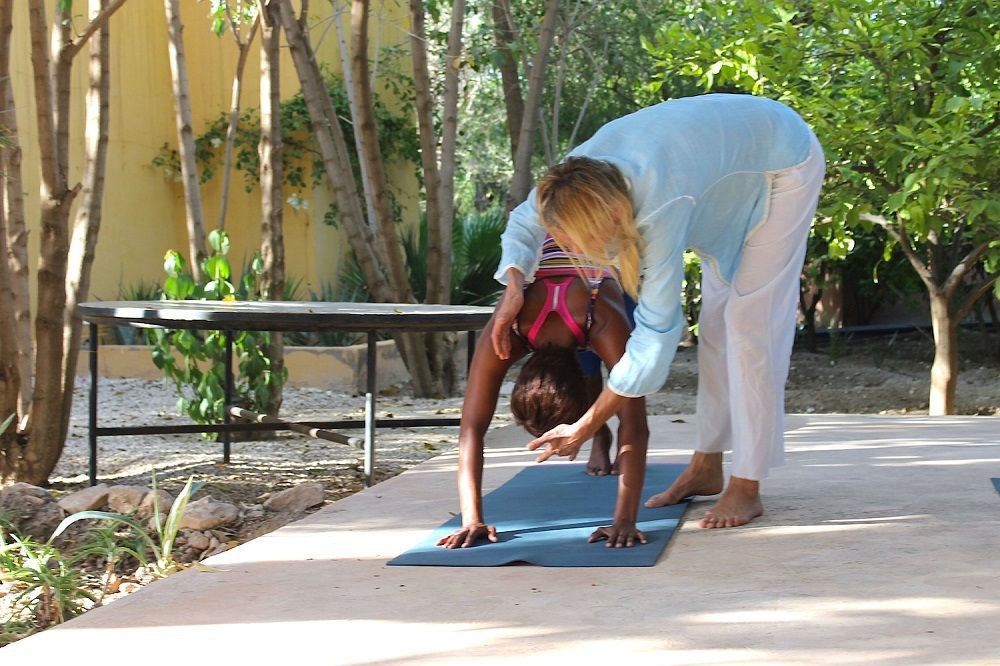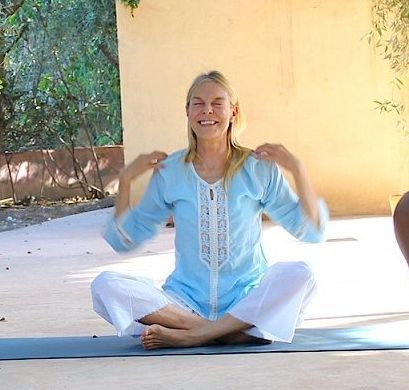What is the core? The core is muscles around the trunk of our body. Take away the limbs and head then what is left is mostly our core. The major muscles of the core are in the abdominal and back around the spine. They act as the foundation for all leg and arm postures through head standing.
In our Yoga Retreat Method
Core postures, the heart, and center of yoga practices are experienced on the first morning session. The health of the spine and internal organs are benefited when practicing through core based postures. Neglecting your core in the practice will increase a predisposition to injury. It is fundamental to strengthening as the first step to a regular yoga practice.
We start with reclining pelvic tilt, cat cow breathing/ table pose pelvic tilt, reverse breathing, thoracic breathing, A & P (Akunchana Prasarana) through Agni Sara and fire-breathing. This will lead to abdominal work with a modified Viparita Karani mudra to isolate the lower abdominal muscles.
During dynamic yoga movements, the core stabilizes the chest and pelvis. Yoga movements that are dynamic and limb based are unstable without a strong core. Power moves from the core to the limbs. Strengthening and keeping a strong core is vital as a step to approaching limb based postures. Tennis players, golfers, and boxers use the core to deliver their swings. Loosened and lengthened core muscles result in more speed and range of the limbs with any racket or club. Such increased range is significant in athletics.
Prior to any practice warming-up, the core is required. Always include core poses in your warm-up routine prior to or after joint preparations. Dedicate a day or two out of the week to focus on strong sessions of core muscles while enabling the limbs to rest. Yoga postures from the east facing pose, locust, wheel, boat and lying leg lifts strengthen our core.
Although there are many benefits we must approach the core in a progressive manner. This is especially true for anyone with back pains. People with lower back problems may injure themselves when trying boat postures or supine leg lifting. Experiencing back pains after classes require focusing on stabilizing core problems before moving onto limbs. Avoid forward bends when there are lower back issues. Usually maintaining bent knees while keeping the spine straight in forward bends minimizes most lower back strains.
Practicing core sequences is vital for detoxification. A balanced core provides internal pressure to expel waste. Training our core to stimulate peristalses which are waves of involuntary muscular contractions involved in moving food through the intestines. Maintaining a balanced core enhances asana for limbs, detoxifies the body, reduce injuries and improves postures to create a body free of pain. Good core practices uphold spinal health, resulting in elevated posture. Well-developed cores make a person appear taller, upright and confident.
Practicing core sequences is vital for detoxification. A balanced core provides internal pressure to expel waste. Training our core to stimulate peristalses which are waves of involuntary muscular contractions involved in moving food through the intestines. Maintaining a balanced core enhances asana for limbs, detoxifies the body, reduce injuries and improves postures to create a body free of pain. Good core practices uphold spinal health, resulting in elevated posture. Well-developed cores make a person appear taller, upright and confident.
PRIVATELY AVAILABLE
Perumal's private yoga sessions, employing the Yoga with Perumal Retreat Method, are personalized and highly effective. The tailored approach ensures individual needs are met, focusing on personalized sequences and progressive learning. Emphasizing meditation and relaxation promotes enhanced relaxation and mental clarity. With a focus on correction, alignment, and adaptability, injuries are managed and progress tracked. The holistic approach encompasses physical, mental, and emotional well-being. Overall, these sessions offer a fulfilling yoga practice, supporting individuals in achieving their wellness goals through personalized attention and a comprehensive yoga experience.
